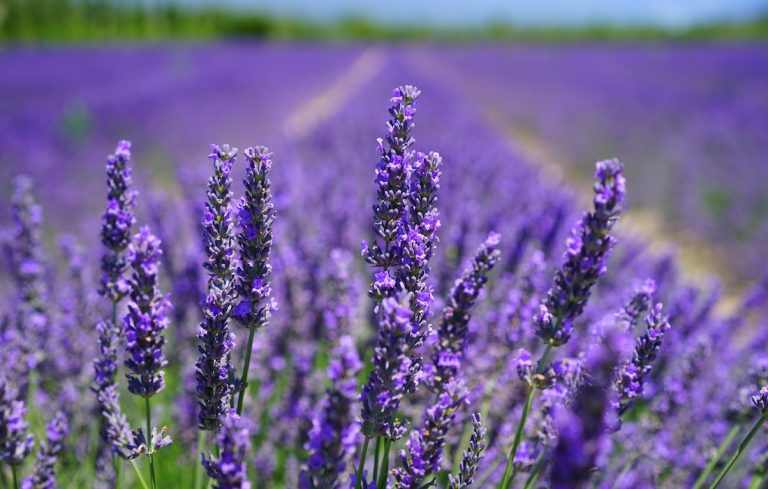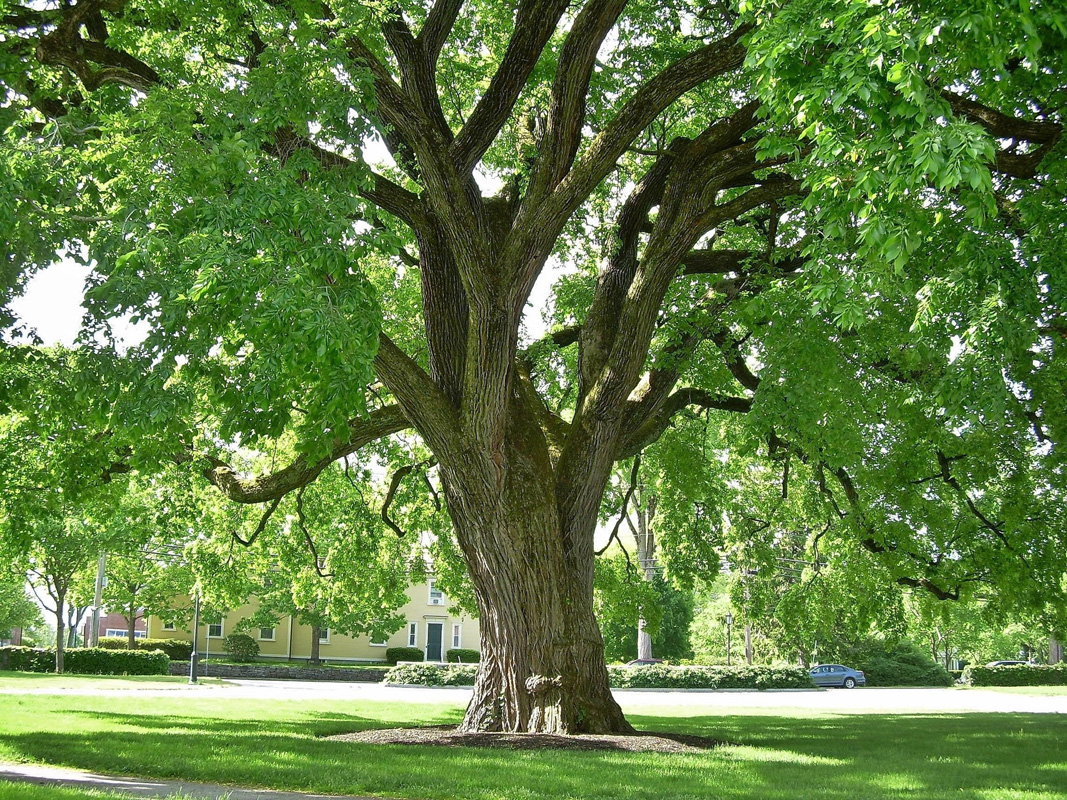Hey there, plant enthusiasts! Are you wondering what plants would make the perfect companions for your beloved lavender? Well, look no further because we’ve got you covered. In this blog, we’ll delve into the wonderful world of lavender companion plants and explore the delightful combinations that can elevate your garden to new heights.
Lavender is not only a fragrant and visually stunning herb but also a fantastic team player in the garden. By selecting the right companions, you can create a harmonious and thriving ecosystem that will have your garden bursting with beauty and vitality. So, let’s dive in and discover the ideal plant partners for your lavender!
What Are Lavender Companion Plants?

Companion planting is a gardening technique where different plants are strategically grown together to maximize their benefits and create a mutually beneficial environment. Regarding lavender, selecting the right companion plants can enhance its growth, attract beneficial insects, deter pests, and create an aesthetically pleasing garden display.
The ideal lavender companion plants are those that share similar cultural requirements, such as well-drained soil, full sun exposure, and moderate water needs. Additionally, plants that complement lavender in terms of height, color, texture, and fragrance can create a visually appealing and harmonious garden space. Some popular lavender companions include roses, salvias, catmints, thyme, rosemary, and marigolds.
These plants provide a stunning combination of colors and textures and contribute to a thriving ecosystem by attracting pollinators and repelling pests. By carefully selecting lavender companion plants, you can create a garden that is not only visually captivating but also supports the health and growth of your lavender and the overall vitality of your garden.
15 Best Lavender Companion Plants To Grow
If you’re looking for companion plants to complement your lavender garden, here are the 15 best plants you can grow.
- Roses: Roses and lavender create a romantic and classic combination. The fragrant blooms of roses complement the soothing aroma of lavender, while their height and vibrant colors add depth and visual interest to your garden.
- Salvias: Salvias, such as Russian sage and sage varieties, thrive alongside lavender due to their similar cultural requirements and complementary growth habits. They attract pollinators, enhance the overall appearance, and create a beautiful color contrast.
- Catmints: Catmints, like Nepeta, are excellent lavender companions. They share similar care needs and produce charming blooms that attract bees and butterflies. The combination of their soft purples and blues creates a delightful visual contrast.
- Thyme: Thyme is a low-growing herb that pairs perfectly with lavender. Its aromatic foliage and delicate flowers complement lavender’s fragrance while providing ground cover and suppressing weeds.
- Rosemary: Rosemary is not only a culinary herb but also a fantastic companion for lavender. Both thrive in sunny and well-drained conditions, and their scents mingle beautifully in the garden.
- Marigolds: Marigolds make an excellent companion plant for lavender, repelling pests with their strong fragrance while adding vibrant pops of color to the garden.
- Agastache: Agastache, commonly known as hyssop or hummingbird mint, attracts pollinators with its vibrant flowers and complements the vertical structure of lavender. Their shared need for full sun makes them great companions.
- Alliums: The tall, dramatic blooms of alliums provide an eye-catching contrast to the soft and delicate lavender flowers. These ornamental onions also attract beneficial insects to the garden.
- Yarrow: Yarrow’s lacy foliage and flat-topped flowers create an attractive backdrop for lavender. Its nectar-rich blooms attract pollinators, making it a beneficial companion.
- Verbena: Verbena’s cascading blooms in various shades of purple and pink add a splash of color and create a stunning visual combination when planted alongside lavender.
- Echinacea: Echinacea, or coneflower, offers vibrant daisy-like blooms that complement the upright form of lavender. These hardy perennials attract butterflies and provide a long-lasting display.
- Oregano: Oregano shares similar cultural requirements with lavender and complements its fragrance. It provides ground cover, suppresses weeds, and adds a burst of flavor to your culinary endeavors.
- Coreopsis: Coreopsis’ cheerful yellow flowers create a vibrant contrast with lavender’s purple hues. They are low-maintenance plants that attract pollinators and thrive in sunny conditions.
- Geraniums: Geraniums offer a splash of color and fill in the gaps between lavender plants. Their varied colors and textures create an appealing visual tapestry in the garden.
- Lilies: The tall and elegant blooms of lilies add height and drama to a lavender-filled garden. They come in various colors, offering an array of possibilities for creating captivating combinations.
These 15 companion plants are fantastic choices to grow alongside lavender. Their compatibility, visual appeal, and benefits such as attracting pollinators, repelling pests, and adding color and texture make them ideal partners for creating a thriving and visually stunning garden.
Benefits Of Growing Lavender Companion Plants

Growing companion plants alongside lavender offers a multitude of advantages that go beyond aesthetics. Let’s explore some of the key benefits of this synergistic relationship:
- Pest Control: Companion plants can act as natural pest repellents, helping to protect lavender from destructive insects. For instance, marigolds emit a strong fragrance that deters pests like aphids and nematodes. By interplanting marigolds with lavender, you create a natural defense system that helps keep harmful pests at bay.
- Improved Soil Health: Certain companion plants have the ability to improve soil health by enriching it with nutrients or fixing nitrogen. Plants like legumes, such as clover or vetch, can increase nitrogen levels in the soil through a symbiotic relationship with nitrogen-fixing bacteria. This benefits lavender by providing it with a nutrient-rich environment for healthy growth.
- Enhanced Aesthetics: Pairing lavender with complementary companion plants creates a visually stunning garden display. The contrasting colors, textures, and heights of these plants add depth and interest to your landscape. Imagine the striking combination of lavender’s soft purple blooms with the vibrant yellows of coreopsis or the cascading flowers of verbena. The result is a visually appealing garden that pleases the eye and invites tranquility.
- Attraction of Beneficial Insects: Many companion plants attract beneficial insects such as bees, butterflies, and predatory insects that help control pests naturally. Lavender’s nectar-rich flowers, along with those of its companions, create a haven for pollinators. These pollinators not only aid in the reproduction of plants but also contribute to the overall health of your garden ecosystem.
- Weed Suppression: Companion plants can help suppress weed growth by providing ground cover and shading the soil. Plants like thyme and oregano, which are often used as lavender companions, have dense foliage that helps inhibit weed growth and reduce competition for resources.
By growing companion plants alongside lavender, you create a harmonious and mutually beneficial environment. The presence of these plants offers pest control, improved soil health, enhanced aesthetics, and attracts beneficial insects. Together, lavender and its companions form a holistic garden ecosystem where each plant contributes to the overall health and vitality of the space. So, consider selecting the right companions to maximize the benefits and create a flourishing garden filled with the beauty and fragrance of lavender.
Conclusion
 Growing companion plants alongside lavender brings a host of benefits to your garden. From natural pest control and improved soil health to enhanced aesthetics and the attraction of beneficial insects, the synergistic relationship between lavender and its companions creates a thriving and balanced ecosystem.
Growing companion plants alongside lavender brings a host of benefits to your garden. From natural pest control and improved soil health to enhanced aesthetics and the attraction of beneficial insects, the synergistic relationship between lavender and its companions creates a thriving and balanced ecosystem.
By carefully selecting and interplanting these companion plants, you not only enhance the health and vitality of your lavender but also create a visually stunning and ecologically friendly garden space. So, embrace the power of companion planting and enjoy the beauty, fragrance, and numerous advantages that come with growing lavender alongside its compatible plant partners.






